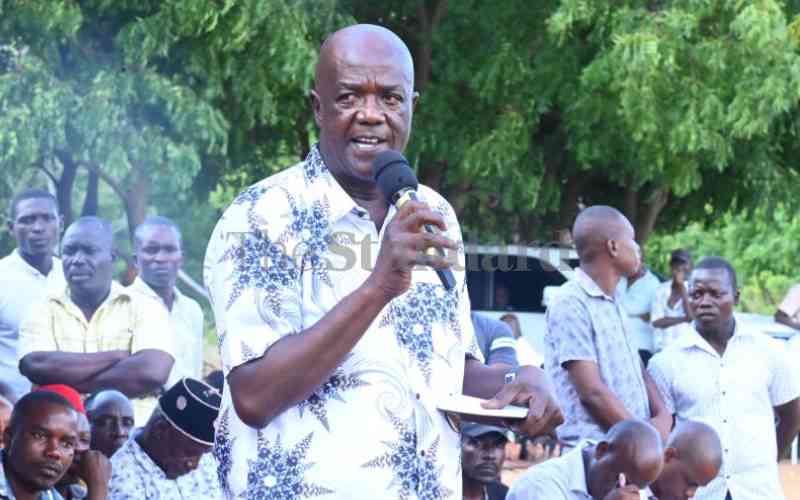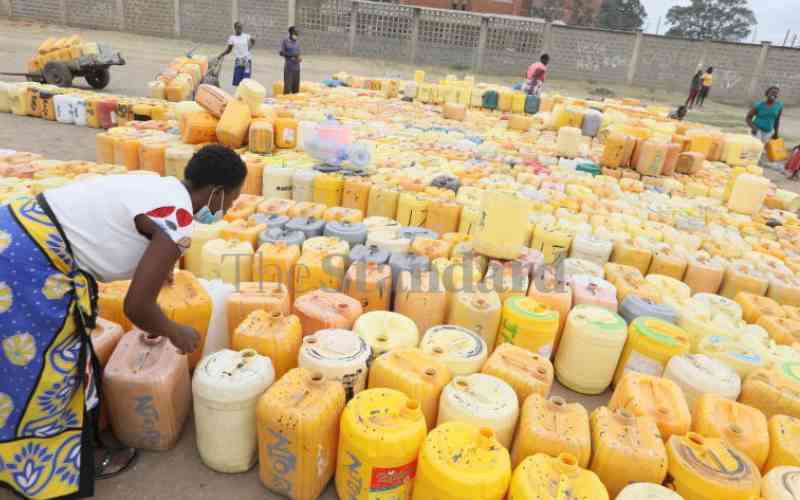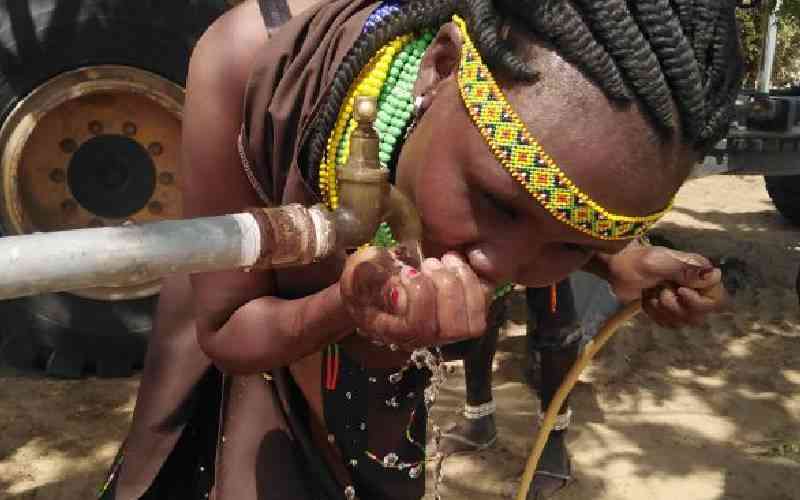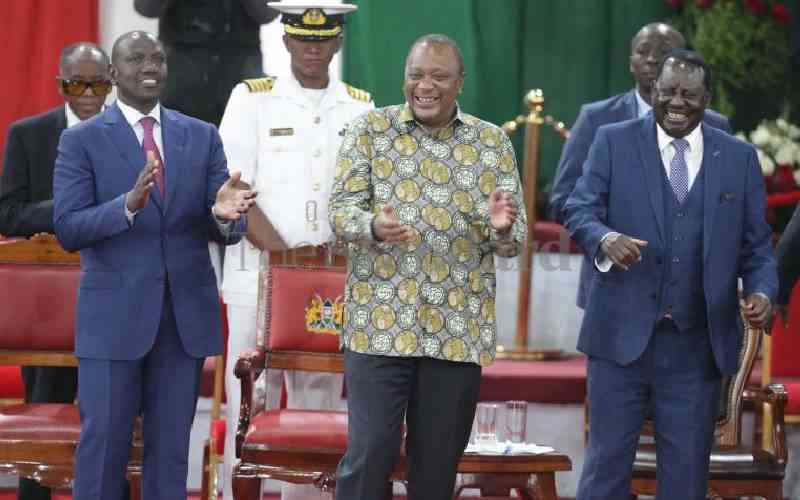It is predicted that in the next few years, there will be a worldwide water shortage as the population burgeons and more industries are set up.
As we mark this year’s World Water Day whose theme is “Water and waste water”, we have yet another unique opportunity to highlight the symbiosis between water and waste water in the quest for sustainable development.
Most countries do not enjoy easy access to the precious commodity. In the Arid and Semi-Arid Lands (ASAL) in the country, especially, it is not uncommon for children to miss school as they walk long distances in search of water for domestic use and for their animals.
According to the United Nations Office for the Coordination of Humanitarian Affairs (OCHA), today, half the country is affected by the drought brought about by three consecutive years of unreliable rains.
On February 10, 2016, the Government of Kenya declared a national drought emergency, with 23 of the 47 counties being affected. According to the March early warning bulletin by the National Drought Response Authority (NDMA), drought conditions persisted during the month of February.
The report says some of the major water sources in the ASAL regions such as River Ewaso Nyiro and springs at Kom have dried up.
As a result, residents of these areas have migrated with their livestock to neighbouring counties.
Water access has been a major challenge, with sanitation and hygiene conditions deteriorating. In Samburu, some early Childhood Development Centres have been closed.
According to a March 2017 report by OCHA, an estimated 175,000 children in 10 counties are out of school due to drought.
Risks of domestic/sexual violence, child abuse and exploitation, and child labour have also increased.
Currently, 2.6 million people are in urgent need of safe clean water. More than 30 per cent of rural water points are non-functional resulting in a 5-fold increase in water prices, conflicts over livestock watering points, loss of livestock, and increased risk of malnutrition and infectious disease. A cholera response is under way in Tana River District.
Even as the government, in partnership with humanitarian organisations, responds to the current drought situation, it is time for the country to actively consider investing in long-term water harvesting.
Ensuring that there are enough wells, dams and rain catchment systems would, for instance, ensure that communities have constant supply of water.
Apart from investing in water sources, eventual freedom to water access and sustainability would only be achieved when each and every one of us is conscious and take action on proper utilisation of water in our households.
According to UN Water, the waste water from our homes, cities and industries, which can be reused, is lost. Some of the most important measures to practise water conservation in arid areas include re-use of effluent from industries, artificial aquifer recharge and the utilisation of sand storage dams to reduce evaporation.
Stay informed. Subscribe to our newsletter
The national and county governments should seriously consider tapping into the numerous water saving projects available and are suitable for residents in drought-prone areas.
In our homes, there is a lot we can do conserve water. From ensuring the tap is closed when brushing teeth, vegetables, watering plants to reducing the amount of water used in washing cars, we can’t possibly exhaust the many ways we can adopt to ensure good use of waste water.
It is unforgivable that so little is done to preserve and ensure proper water management. Each one of us has a responsibility to preserve water and to make good use of waste water.
Ms Onchiri is Communications Manager, Feed The Children-Africa
 The Standard Group Plc is a
multi-media organization with investments in media platforms spanning newspaper
print operations, television, radio broadcasting, digital and online services. The
Standard Group is recognized as a leading multi-media house in Kenya with a key
influence in matters of national and international interest.
The Standard Group Plc is a
multi-media organization with investments in media platforms spanning newspaper
print operations, television, radio broadcasting, digital and online services. The
Standard Group is recognized as a leading multi-media house in Kenya with a key
influence in matters of national and international interest.
 The Standard Group Plc is a
multi-media organization with investments in media platforms spanning newspaper
print operations, television, radio broadcasting, digital and online services. The
Standard Group is recognized as a leading multi-media house in Kenya with a key
influence in matters of national and international interest.
The Standard Group Plc is a
multi-media organization with investments in media platforms spanning newspaper
print operations, television, radio broadcasting, digital and online services. The
Standard Group is recognized as a leading multi-media house in Kenya with a key
influence in matters of national and international interest.








